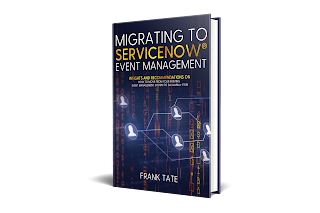It took me longer than it should have to find this link explaining how to delete a newline or merge two lines in Notepad++:
https://stackoverflow.com/questions/11084086/notepad-merge-2-lines-into-1-line
Here's the text from the answer in case the above link disappears at some point:
Use the extended replace functionality and replace "\r\nname" with " name"
Substitute appropriate line ending characters for \r\n depending on the file.
If it is from windows, use \r\n
If it is from unix, use \n
If it is from mac, use \r
Basically, you need to find and replace the appropriate characters, and it works just like one would expect. Finding the complete set of correct characters was the key for me. Specifically, I wasn't finding "\r\n" (CRLF, the Windows newline characters). Using the above, I was able to successfully delete some spurious newlines in my data.


